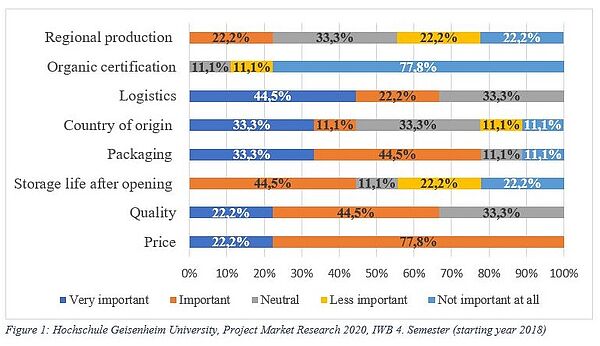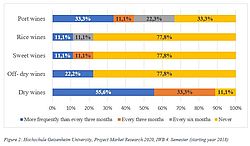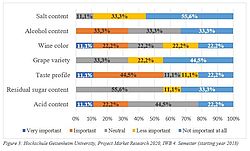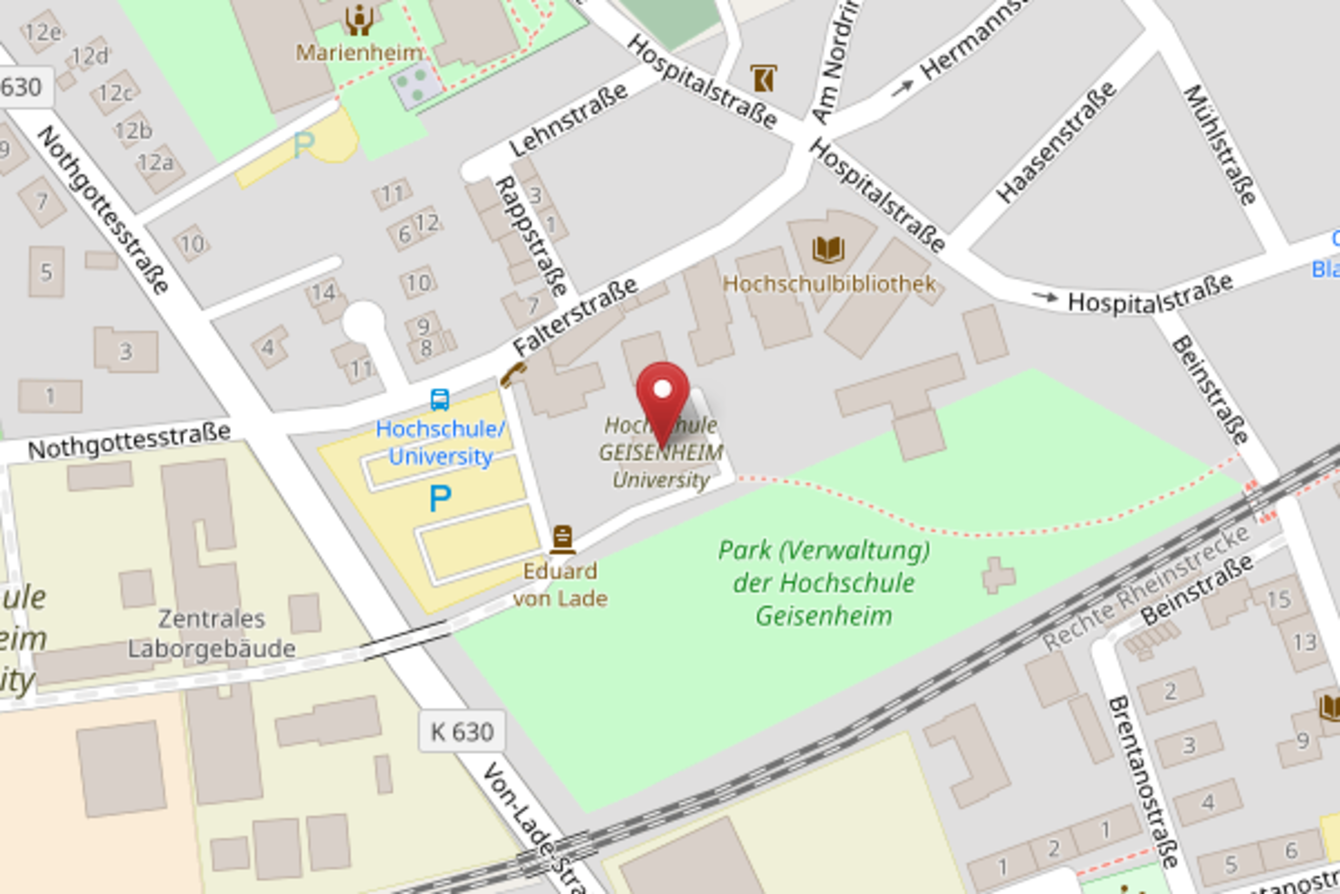The market for cooking wine is growing globally. Sales for 2019 have been estimated at 320.5 million USD and forecast to increase to 427.2 million USD in 2027. 36 % of the sales were made with white wines alone. According to current data, 68.3 % of the cooking wine market revenue is generated from the B2B (Business-to-Business) segment. The rising trend in sales is attributed to the increased use of cooking wine in restaurants, other dining venues and the hotel industry.
In addition to the B2B business, the B2C (Business-to-Customer) segment is expected to grow by 3,9 % between 2020 and 2027. This rise could be attributed to younger people’s growing interest in cooking (Grand View Research, 2020). Publicly available cooking recipes on social media and blog sites prove this trend. There are 22,800 company caterers including companies with their own kitchen team and so-called external service providers that offer catering services for enterprises (Statista 2020).
The market for cooking wine, especially in view of company catering, has not been investigated yet. This inspired Dr. Sophie Ghvanidze to launch a project with students in "Project Market Research" – a fourth-semester module of the International Wine Business (IWB) program. The IWB students, who began the degree program in 2018, explored criteria for purchasing cooking wine through quantitative and qualitative research methods. The online surveys that were completed by company caterers and supplemented by expert interviews provided an overview of the quantity, retail channels, and product characteristics relevant in the decision-making process for purchasing cooking wines. The project is explorative but not representative, as it selectively deals with only one segment of the company catering business, excluding the restaurant and hotel industry.
Results of the quantitative study
Over 70 representatives of company catering businesses participated in the online survey resulting in 45 completed questionnaires. Over 50 % of the respondents operate in-house catering businesses with their own kitchen team, and the remaining respondents are external service providers that offer catering services for companies. Most of the respondents operate their catering businesses in the private sector, and 11 % serve the public sector.
Less than half of the respondents serve over 4,000 meals a day, while 1/3 of the company caterers surveyed provide between 2,000 – 3,000 meals a day. The great majority of all participants (64.4 %) purchase cooking wine, and the chef is involved in the purchasing process, along with the operations and catering managers.
Predominantly, cooking wine is purchased wholesale once or twice a year in quantities of more than 31 liters. Over 90 % of all participants are willing to pay between € 1.50 and € 3 per liter. Therefore, almost all participants say the price is an important factor in the purchasing decision. The packaging of cooking wine is considered more important than logistics, e.g. delivery methods and product quality. In contrast, organic certification and regional production are less important in the purchasing decision.
Dry and port wines are most frequently purchased for cooking purposes. Half of the respondents buy dry wines once to several times a month. One-third of catering businesses buy port wines with the same frequency (Figure 2).
The participating caterers were asked to rate the sensory characteristics of cooking wine according to the role they play in the purchasing decision. More than half of the participants regarded the general flavor profile as important to very important, while one-third said acidity, wine color, and alcohol content play a major role. In contrast, salt content was considered unimportant (Figure 3). The importance of sensory characteristics is reflected in the choice of grape varieties. The four most frequently mentioned grape varieties for cooking wine include Merlot, Cabernet Sauvignon, Pinot Noir and Riesling. The last two varieties are preferred for their acidity, and Merlot and Cabernet Sauvignon for their intense color and higher alcohol content for cooking purposes.
Half of the respondents prefer to purchase cooking wine in glass bottles. A quarter of the participating catering businesses choose cooking wines in bag-in-box and beverage cartons such as Tetra Pak. Packaging is an important factor for catering companies. In some institutions, such as retirement homes, the caterers are urged to buy wines in bag-in-box to minimize the risk of accidents.
Results of the qualitative study
In the qualitative study frame, the interviews were conducted with company caterers serving between 3,000 - 10,000 meals a day. On average, they consume 71 liters of cooking wine per month out of 870 liters, which are purchased on average per year.
The experts indicated that they are willing to pay between €1.00 and €3.00 per liter. For caterers, price levels - especially low price levels - are the most important purchase criteria. Taste profile and wine color are considered as significant sensory characteristics of the cooking wine to elevate the taste of the dishes. The expert interviews conducted show that acidity and color are more important than the wine's quality.
The expert interviews also confirmed that wholesalers are the most crucial supply source, especially for companies that most often buy cooking wines. They choose wholesalers because of their service and price-quality ratio. The experts indicated that cooking wine is purchased on demand and is not stocked in large quantities due to insufficient storage space, therefore they prefer "just-in-time" delivery. Consequently, they choose their supplier based on reliability, current sales’ offers, and product availability. The caterers do not feel committed to a particular supplier and can switch to a competing wholesaler if a better price is offered.
The experts reported that they appreciate reusable bottles and a more practical handling of containers to use cooking wine more efficiently. Vegan wines or substitutes would be of interest to company caterers in order to offer dishes for all types of dietary requirements. Other aspects respondents wish for include environmental/sustainability issues such as regional production and sustainable cultivation, short delivery routes, and little packaging. However, these aspects were only mentioned by a few respondents and does not represent the opinion of the majority.
In general, the use of cooking wine in company catering businesses is controversial because the meals are supposed to fit all types of diets and must not contain any traces of alcohol. Due to banning alcohol in the workplace, the growing health awareness of consumers, and the increasing trend of vegan and vegetarian cuisine, fewer company caterers are interested in using cooking wine, which was confirmed by the surveys and interviews. Therefore, the question is: can non-alcoholic wines serve as a substitute for cooking purposes, especially when cooking wines are mostly chosen for color, acidity and sugar content rather than alcohol?
Summary
It can be concluded that the market for cooking wine remains a niche market, even though the actual market is considered to be much bigger and increasing. Based on the number of catering businesses and the survey and interview results, it can be roughly estimated that company caterers buy approximately 180,000 hectoliters of cooking wine per year.
The results of the project indicate that wines used for cooking purposes are "normal, simple" drinking wines. They are purchased at low prices from food wholesalers. The project does not confirm an increased use of cooking wines by company caterers and an associated rise in sales figures.
IWB Students of the starting year 2018
(Project as part of the module “Project Market Research” under the leadership of Dr. Sophie Ghvanidze)

